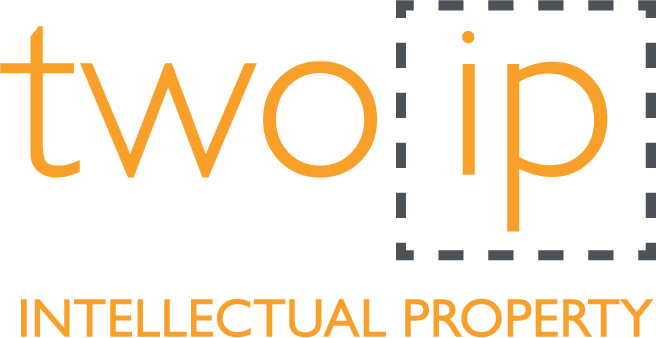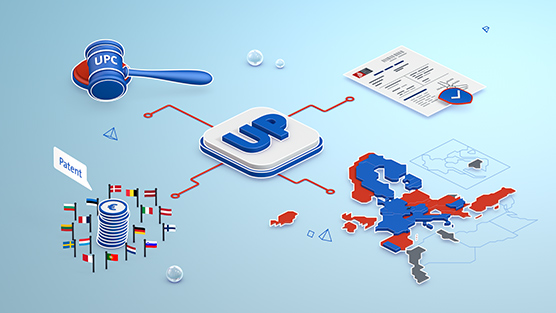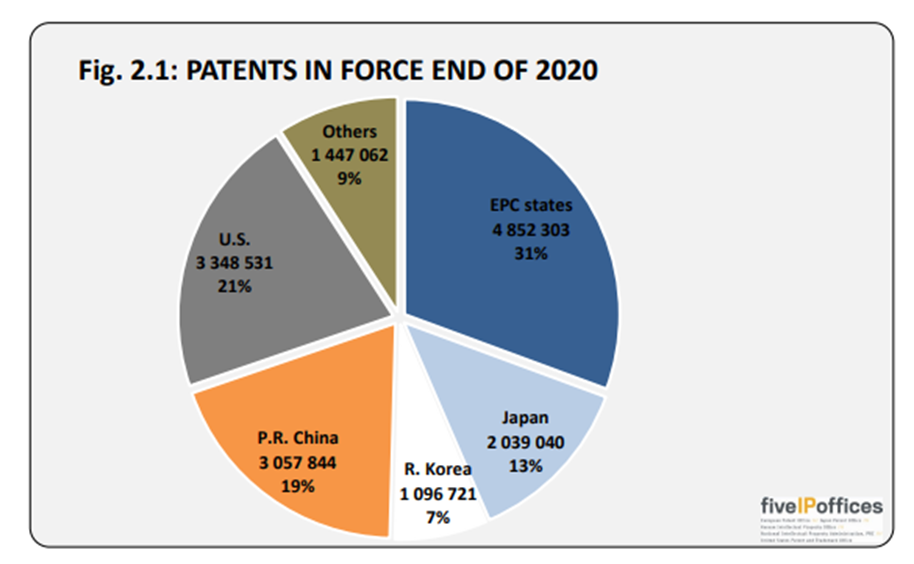As of the end of June 2023, 535,152 European patents and applications have been opted-out from the jurisdiction of the Unified Patent Court (UPC).
In the last couple of weeks before the UPC opened for business on 1st June, the number of opt-outs dramatically increased, reaching a peak of just over 36,336 patents and applications opted-out on 30 May 2023.
Since then, the numbers have stabilised at around 2,700 applications and 7,600 patents per week. With approximately 3,700 European patent applications filed and around 1,500 patents granted each week at the European Patent Office (EPO), there are still many more patents being opted-out as patent owners continue to review whether they want their patents to fall under the jurisdiction of the new court.
Technology-wise, patents and applications covering preparations for medical purposes, takes first place with 22,810 cases opted-out. Second, third and fourth places go to computing and communications fields, which aligns with the dominance of technology, media and telecoms companies in the opt-out rankings.
The first patent revocation action before the UPC (ACT_459505/2023) was filed on 2 June, against European patent EP3666797 “ANTIGEN BINDING PROTEINS TO PROPROTEIN CONVERTASE SUBTILISIN KEXIN TYPE 9 (PCSK9)”.
As of 26th June, 7 infringement proceedings and 3 further revocation proceedings have been filed at the UPC. Of the infringement proceedings, three have been filed by Ocado Innovation Limited, the software and robotics company that also owns online supermarket Ocado. The patents relate to Ocado’s robots, and the grid system that they operate within, for picking items in Ocado customers’ online orders.
Read the full UPC statistics here: UPC opt-outs: statistics and trends one month in – Kluwer Patent Blog (kluweriplaw.com)
Links to all the UPC cases here: First patent revocation actions before the UPC have been filed – The IPKat (ipkitten.blogspot.com)
Read more about the UPC here








